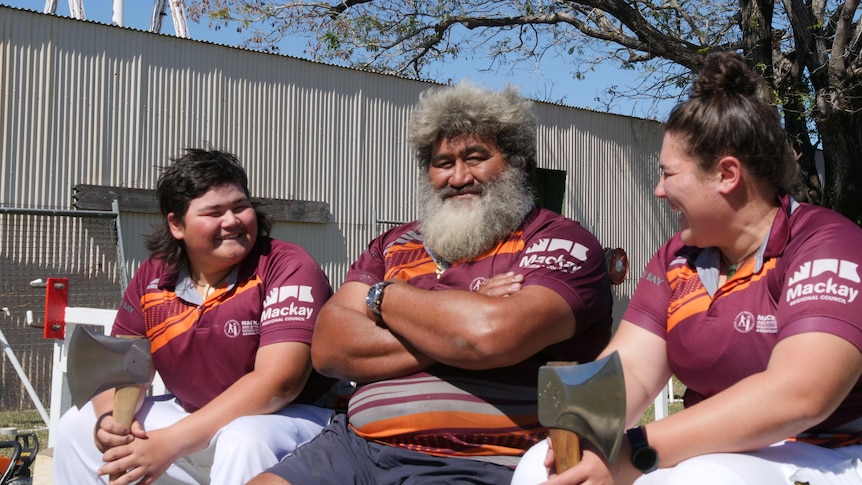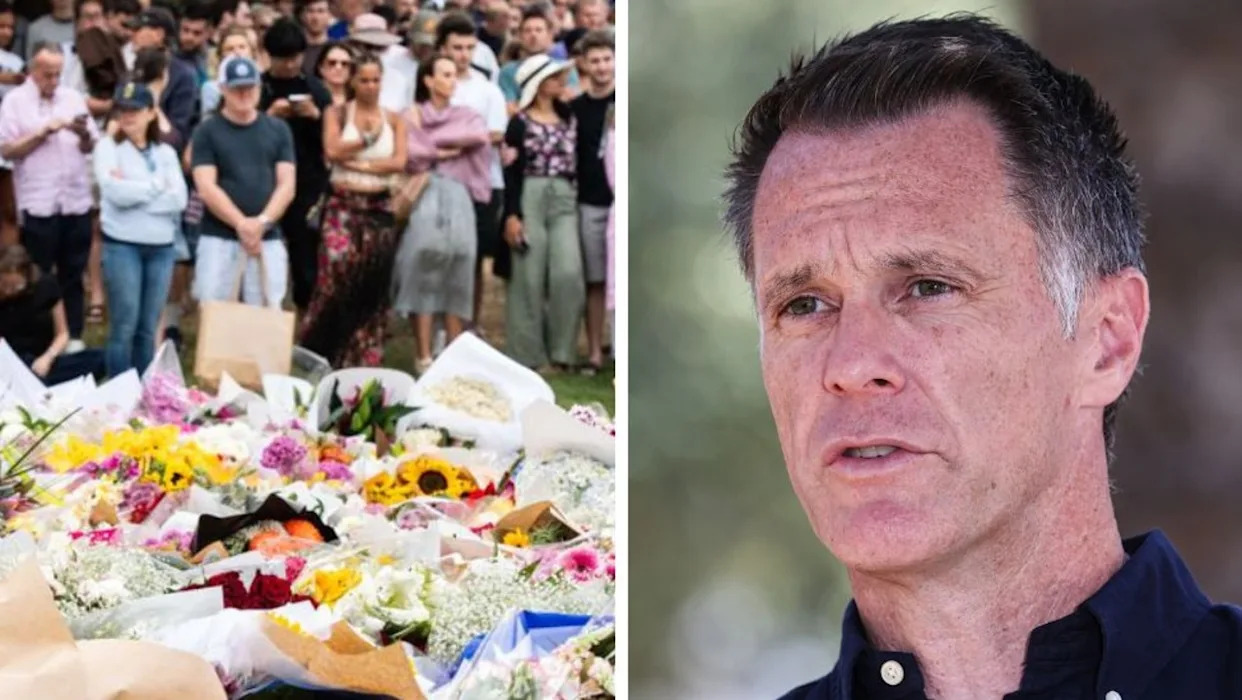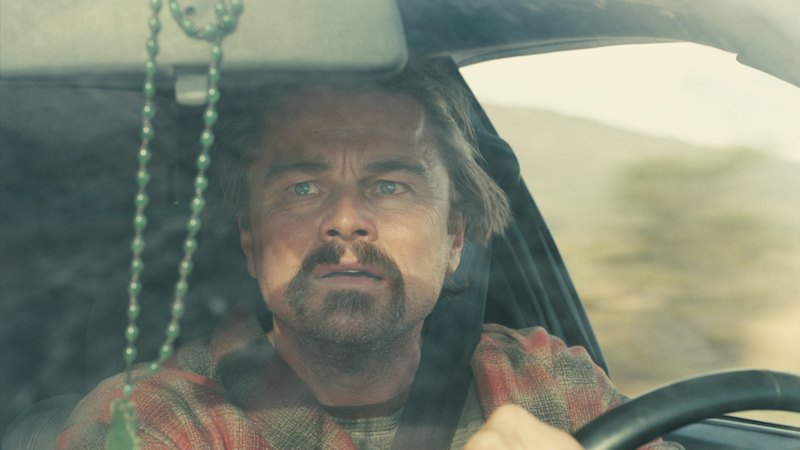
Furlyn Barrett’s journey into the world of competitive woodchopping began at the tender age of five when he first wielded an axe. “We chopped about every little branch and shrub and tree around in the yard,” he reminisced. Barrett hails from a long lineage of axemen, with his father, uncles, and 22 cousins all having participated in the sport. Now, Barrett’s own children are carrying the torch, traveling across Australia to compete in woodchopping events at agricultural shows.
Barrett’s daughter, Takiah, 24, has made a name for herself by representing the Australian women’s team and clinching the women’s underhand world title championship in Sydney. Meanwhile, his son, Awatea, 20, emerged victorious in the national timbersports rookie championship held in Melbourne last year. Based in the tropical city of Mackay, Queensland, Barrett is now a veteran of the sport. He is committed to sustaining agricultural shows by sourcing wood for competitions, including those at the upcoming Townsville Show.
Woodchopping: A Family Tradition
Standing blocks, underhand, tree-felling, and open-sawing events are all part of the woodchopping schedule at the Townsville Show, where about 20 axe competitors will vie for glory. “Queensland has some very hard wood, so you don’t want to be chopping those,” Barrett explained. “We source woods that are not protected, that have no monetary value at all.”
Takiah Barrett, who recently won the women’s underhand world title at the Sydney Royal Easter Show, expressed her pride in her family’s involvement in woodchopping. “We give each other a bit of competition as well and courage to get through the log,” she said, highlighting the sport’s role in fostering family bonds.
The Challenges Facing Woodchopping
Despite the sport’s rich history, it faces challenges. Sue Campbell, a judge with the Queensland Axemen’s Association, noted that while spectator numbers remain steady, the number of competitors is dwindling. “It’s a very expensive sport,” she said. “The axe is worth about $1,000, if not more. Some of [the competitors] would have 70 of them, 80 of them.”
“It’s always grandads, or ‘My uncle did it’. Give us another five or six years and we’ll have a big influx again of the next generation coming through.” — Sue Campbell
Campbell also pointed out that travel requirements could deter potential competitors, as they often need to move between different woodchopping circuits. However, she remains optimistic about the sport’s future, citing its deep-rooted family connections. “We only have one [competitor] that I’ve known of in the past 10 or 15 years that has come into the sport and had no connection to woodchopping at all,” she added.
Injuries and Safety in the Sport
Woodchopping is not without its risks. Back injuries are common, and competitors occasionally suffer cuts. “Some of those logs of hardwood will cut through in 23 seconds, and they’re really powering through it,” Campbell explained. To encourage more participation, some agricultural shows have begun setting up woodchopping schools before competitions.
Despite these challenges, Campbell remains proud of the woodchopping circuit in Queensland. “We’re proud of our circuit up here and we’re proud of our chopping up here,” she said. “It’s a fantastic sport and a fantastic community.”
The Future of Woodchopping
The future of woodchopping appears secure as it is deeply embedded in family traditions. The Barrett family exemplifies this enduring legacy, with Furlyn Barrett’s children poised to inspire the next generation of competitors. As the sport continues to adapt to modern challenges, its rich history and community spirit ensure that woodchopping remains a cherished part of rural Australian culture.






